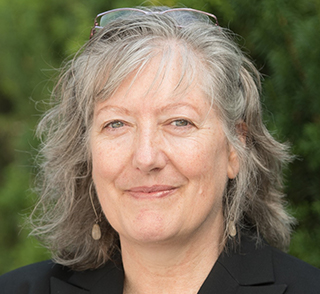
CIM Distinguished Lecturers
C.D. (‘Lyn) Anglin, Ph.D. Geology, and P.Geo., registered with Engineers and Geoscientists of British Columbia, is Principal Consultant with Anglin & Associates. ‘Lyn has more than 35 years of geoscience research and senior management experience in the minerals and mining sector. Her career has ranged from government to non-profit and the private sector, and she is now consulting. ‘Lyn was recruited by Imperial Metals in Sep 2014 to take on the role of Chief Scientific Officer to help lead their recovery and remediation response to the Mount Polley tailings spill. Before joining Imperial, she was President and CEO of Geoscience BC, an innovative, industry-led geoscience research organization based in Vancouver. She has extensive public communication and engagement experience, and prior to her senior management roles in industry and at GBC, she spent 20 years with the Federal government in research management and science policy.
Distinguished Lecturer 2020-21
The Mount Polley Tailings Spill: Response and Recovery – 6 Years Later
Lecture Abstract
Six years after a glaciolacustrine layer under the tailings dam at the Mount Polley Mine failed, and 25 million cubic metres of water, tailings and embankment materials spilled into the surrounding environment, significant progress has been made in remediating the spill impacts. The company has invested on the order of $70 million on clean-up and repair. Human health and environmental impact and risk assessments, monitoring studies, and extensive remediation of impacted areas have been completed. Risk assessments indicate human health risks from the spill are low, while environmental impacts are low to moderate, with impacts primarily related to the homogeneous grain-size and low-organic content of the spilled tailings. The remediation response has therefore been focused on physical aspects of the spill. Ongoing monitoring indicates that impacted ecosystems continue showing positive signs of recovery. Communications with stakeholders and First Nations were maintained through regular community meetings, community newsletters, and site tours with regulators, First Nations, community representatives, and members of the local public.
 - dev.png)

